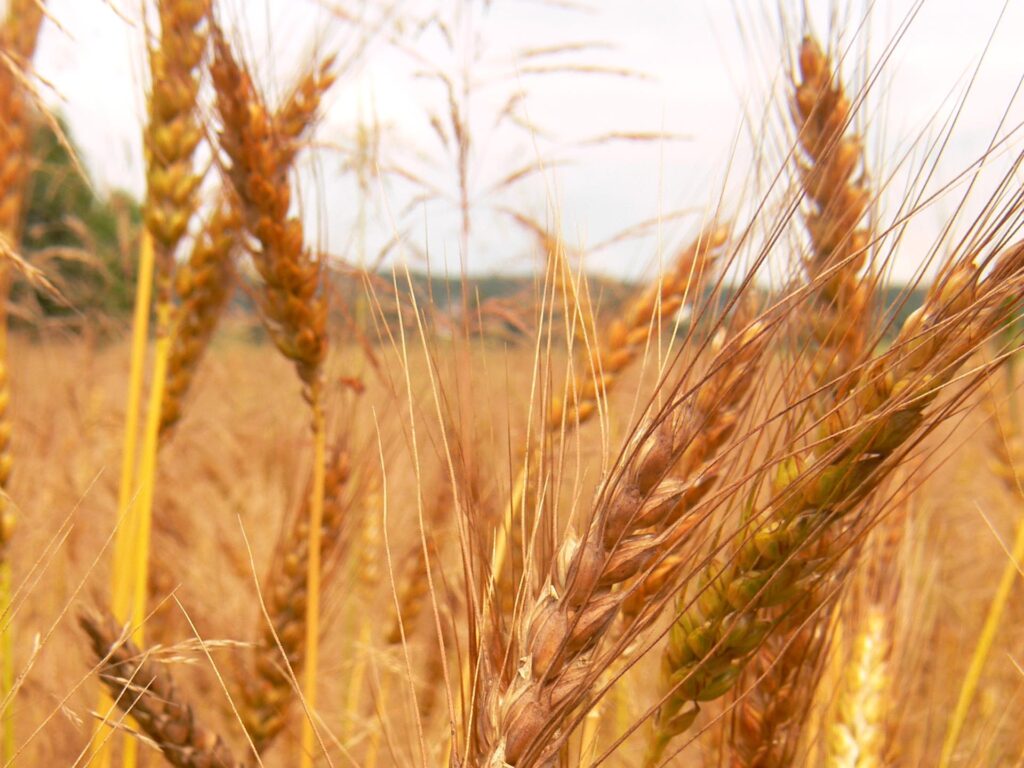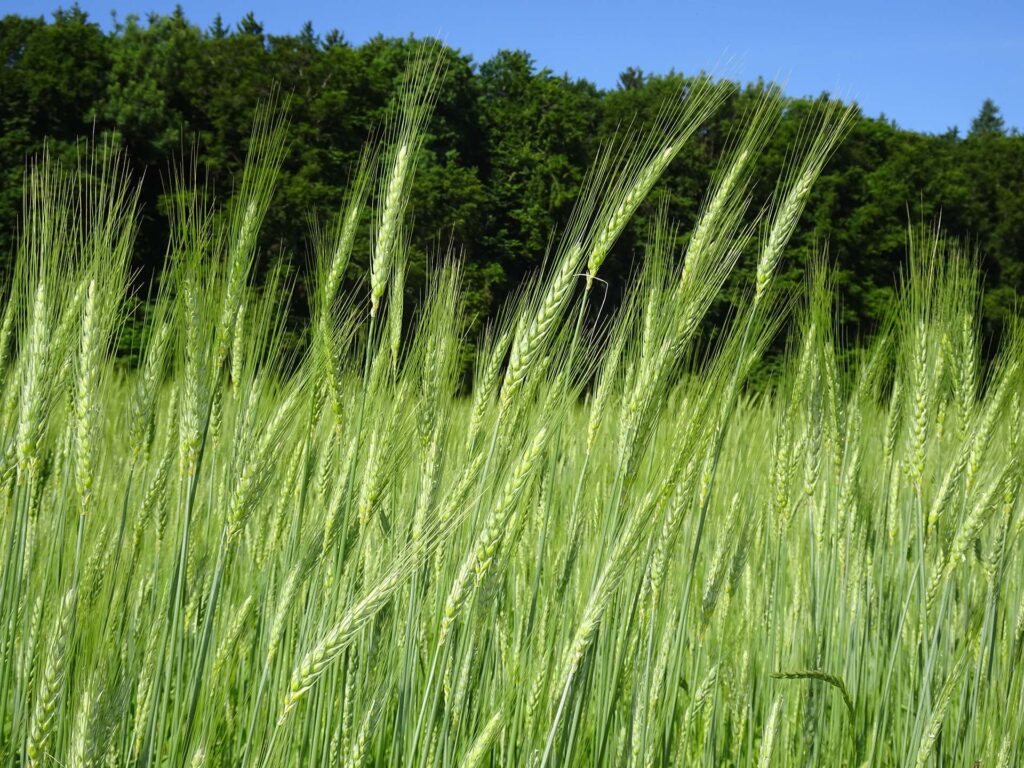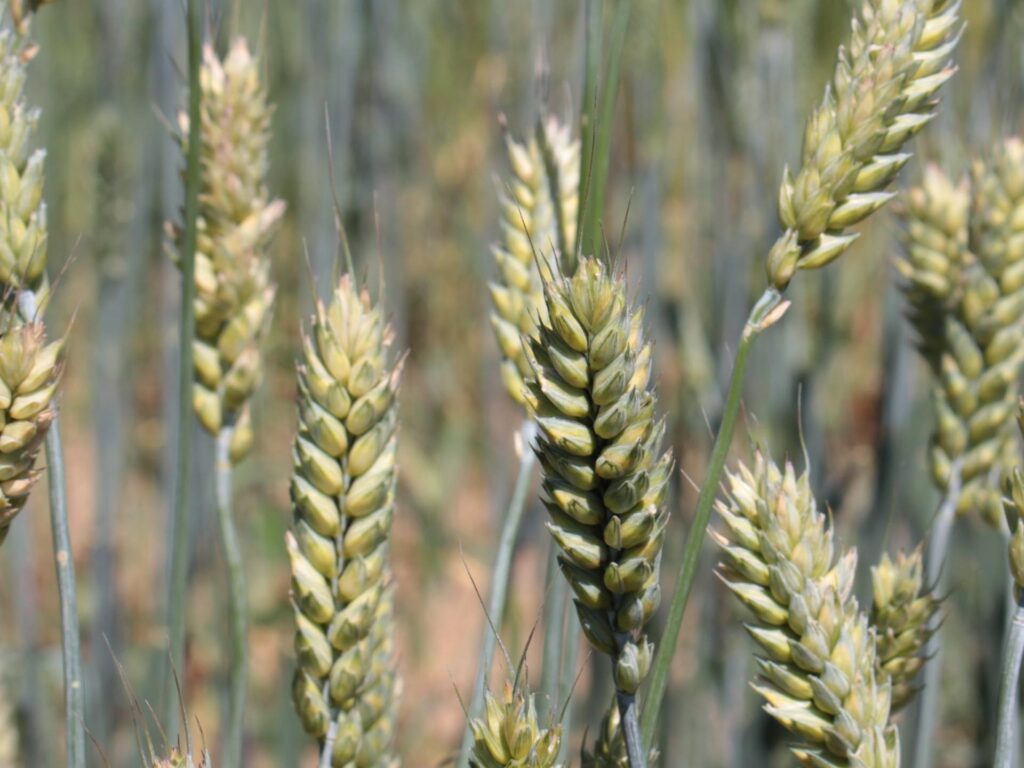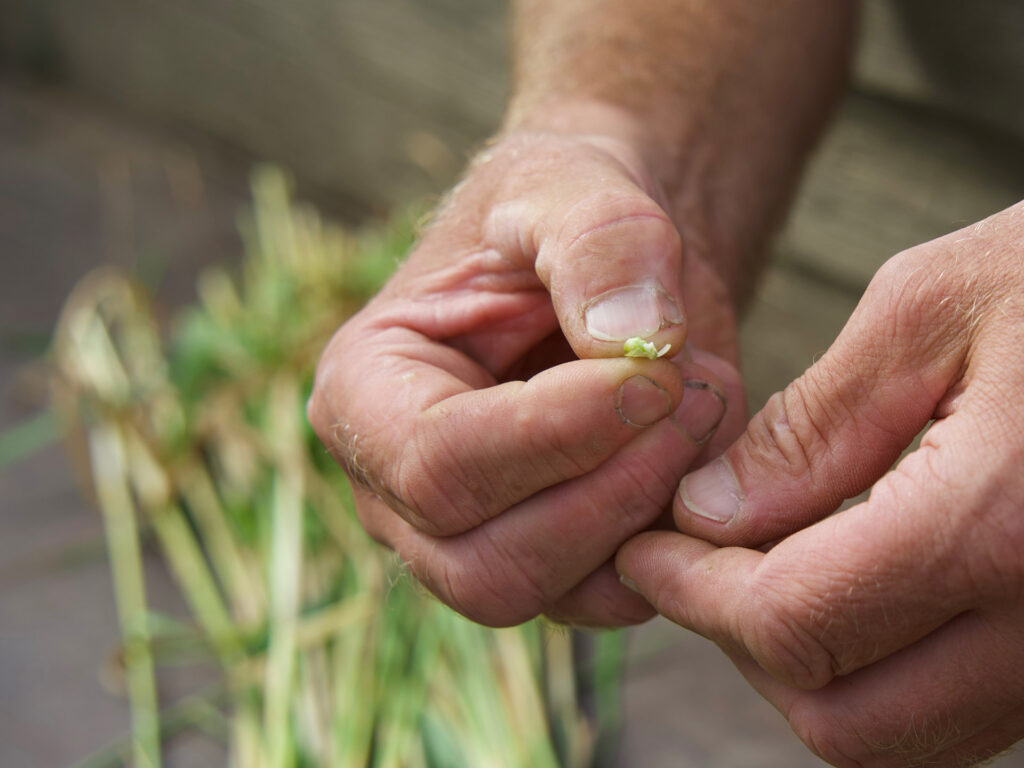Old Varieties of Cereal
Ecological and genetic diversity
On the disappearance and appreciation of old cereal varieties
Biosphere Grain Garden
Preserving, Propagating, Developing Seed Diversity
Under the motto ‘We are keepers of treasures’, the Biosphere Administration Office, together with farmers, has taken on the task of preserving old cultivated and cereal varieties in the Biosphere Grain Garden in the community of Saaldorf-Surheim. In cooperation with the Bavarian State Institute for Agriculture, old, alpine grain varieties were brought back to the region and propagated.

Laufener Landweizen (Laufen wheat)
Berchtesgadener Vogel wheat


Binkel
Steiners Roter Tiroler Dinkel (Steiner's Red Tyrolean Spelt)

Field wild herbs
Colored companions of great value
In the biosphere region, native wild herbs are propagated and replanted in grain fields on organic farms. Arable wild herbs have a high aesthetic and ecological value: they provide food and habitat for many insects, are an important part of the biotope network and contribute to improving the soil structure. Due to their light growth, old grain varieties offer excellent conditions for the re-colonization of wild herbs.

Your contact person
Karin Heinrich
Sustainable regional development, agriculture and public relations